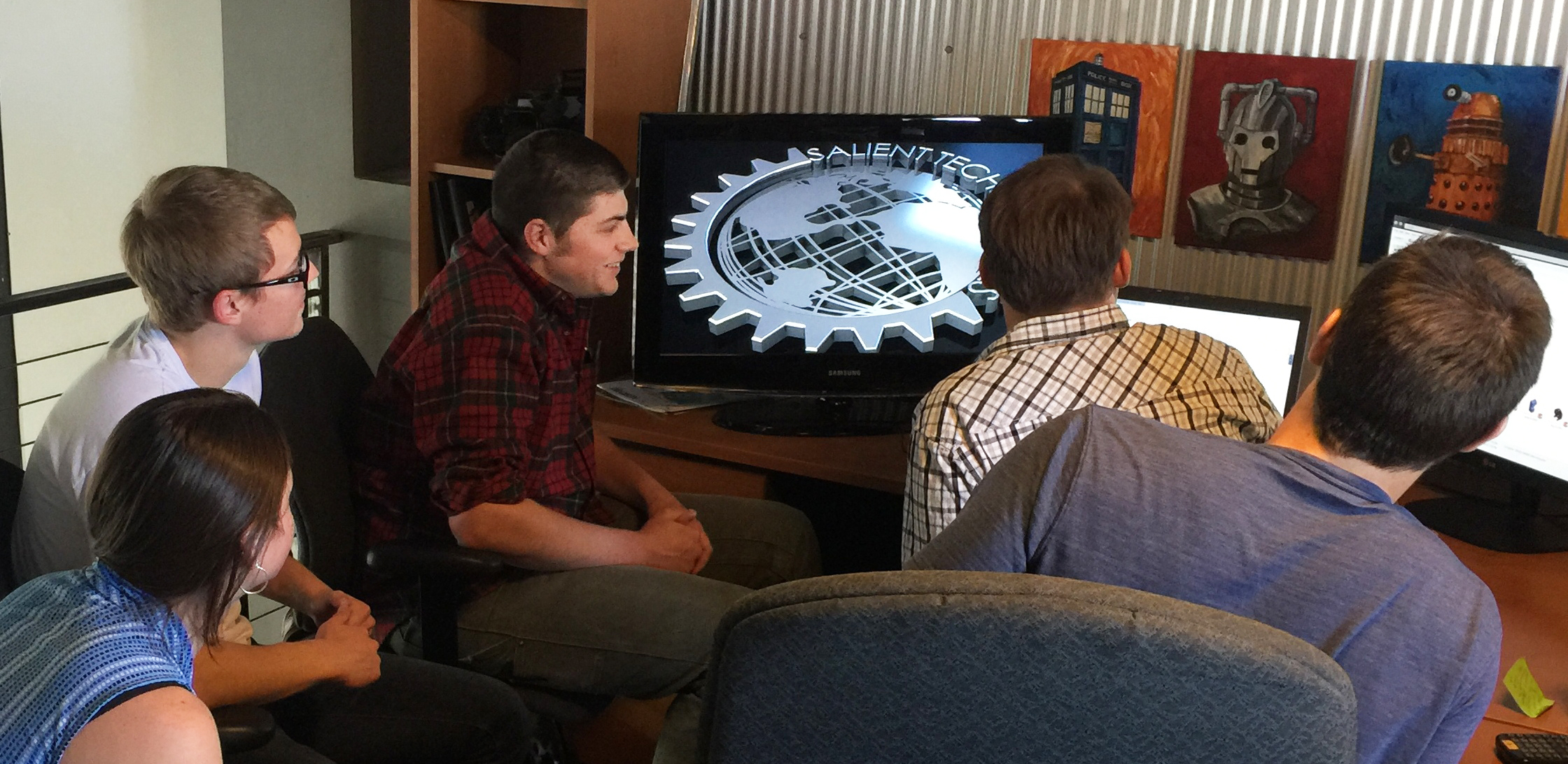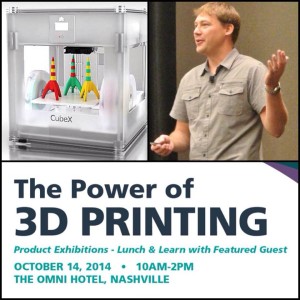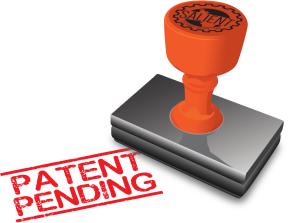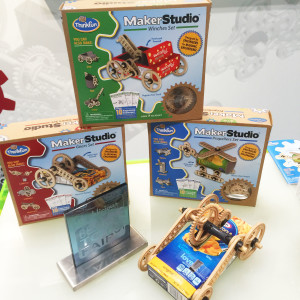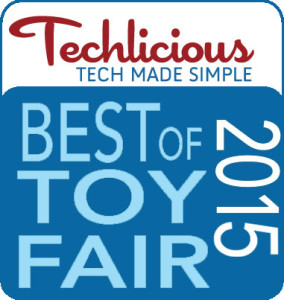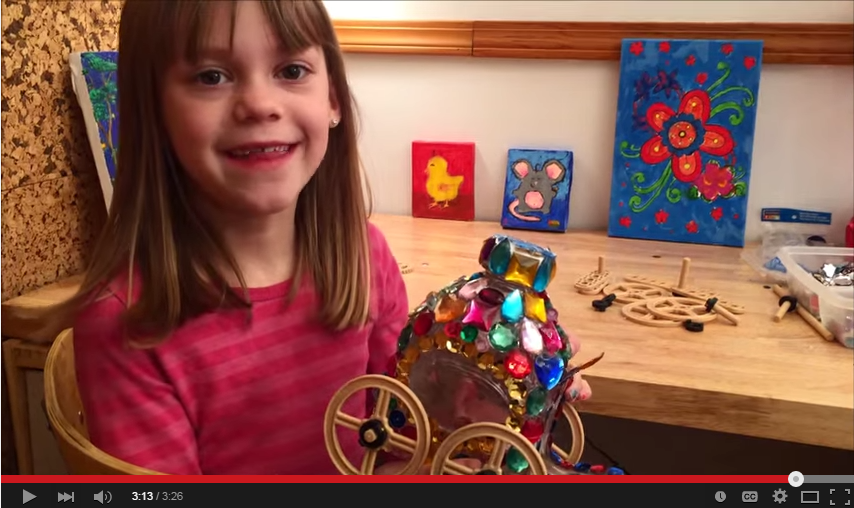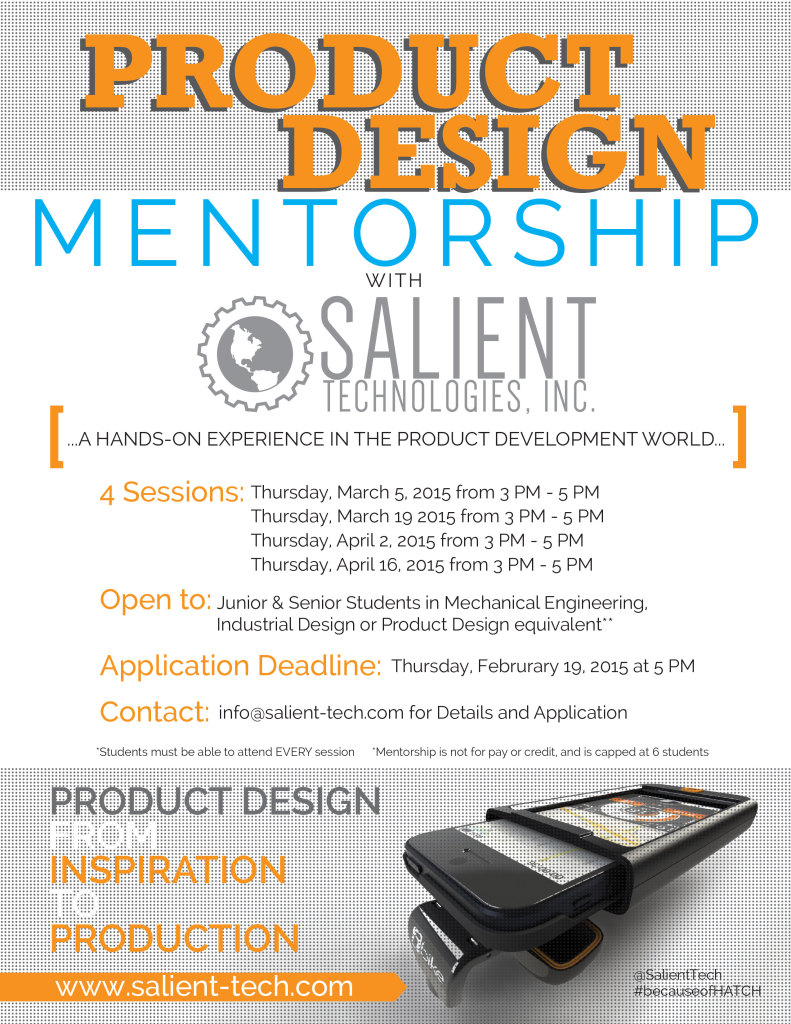Reposted from the SmartPlay blog by ThinkFun President & Co-Founder, Bill Ritchie
Maker Studio Construction Sets: Igniting Budding Engineers

We’ve got some great new ThinkFun products and programs arriving this Spring 2015. I’m proud of them and I want to take the opportunity to describe them to you. The first one I’ll describe is our new Maker Studio Construction Sets.
Our Goals Going In
We usually seek out products that build on our mission to ignite minds and give kids an early advantage. In this case, we wanted to do several things.
- Stimulate interest in engineering and creativity
- Make a product that was open-ended—not just one-and-done building
- Add challenges on top of the builds—ask kids to make their contraption actually accomplish a task
For the Maker Studio sets, we teamed up with two awesome inventors, David Yakos and Parker Thomas; both of them are active in the Maker movement. In fact, on our YouTube Channel, we feature David’s “Pitch Video” to us because the vision was so clear and aligned.
What Is Maker Studio?
Each Maker Studio set consists of a set of parts and instructions for how to build machines using discarded household items like food boxes and plastic bottles. The parts are magical—they are a collection of wheels, gears, axles, connectors, rubber band motor and instructions that show players how to build four machines.. Step 1 is to make household items into moving contraptions. But there’s much more to it. You can create many things with the parts in each set by using different containers and different decorations. The real beauty of Maker Studio is the fact that it has challenges to make your project do something. Push an apple across a table. Lift a soup can from the floor. That’s why we all it Open-Ended.
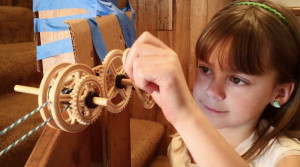
Made by Bella – Maker Studio Gears Set – Cable Car Challenge
It Would Have Flopped!
It’s funny… just a few years ago these products would certainly have flopped. How do you explain something that is “open-ended” on a store shelf?
But in a world of YouTube channels and social media, we have a whole new opportunity to present the Maker Studio imagination by showcasing the cool stuff that kids are already making, then inviting our audience to join in themselves and share their own designs and builds.
And to prove our point, we’d like to introduce Bella Yakos and her YouTube Channel, Made By Bella. Bella is the 7 yo daughter of one of the inventors. Take a look at some of Bella’s videos, and you’ll see why we think Maker Studio sets are going to set brains on fire!
This is new territory for us, we’re excited! We are seeing great interest from the Maker movement, STEM and STEAM advocates, and Girls in Engineering programs. It’s the beginning of a whole new category of products for us, products that let the players tell the story.
Here’s hoping that it works! I’ll keep you updated along the way.
You can follow along with Bill and the ThinkFun team HERE!
And click HERE for more about Maker Studio in the News

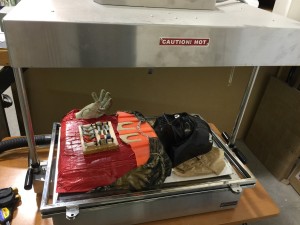 making something that looks like the Sith Lord suspended in Carbonite (See Star Wars – Return of the Jedi). We used an in-house process called vacuum forming to have a little fun.
making something that looks like the Sith Lord suspended in Carbonite (See Star Wars – Return of the Jedi). We used an in-house process called vacuum forming to have a little fun.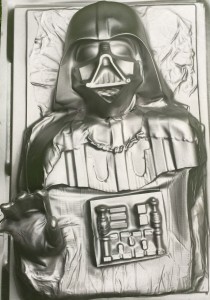
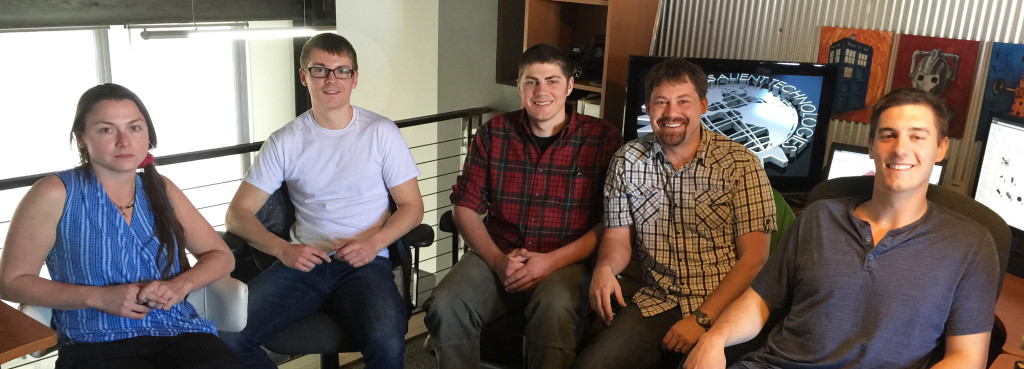 Salient brings in a handful of students each year to shadow on real-life projects, as part of the Salient/
Salient brings in a handful of students each year to shadow on real-life projects, as part of the Salient/